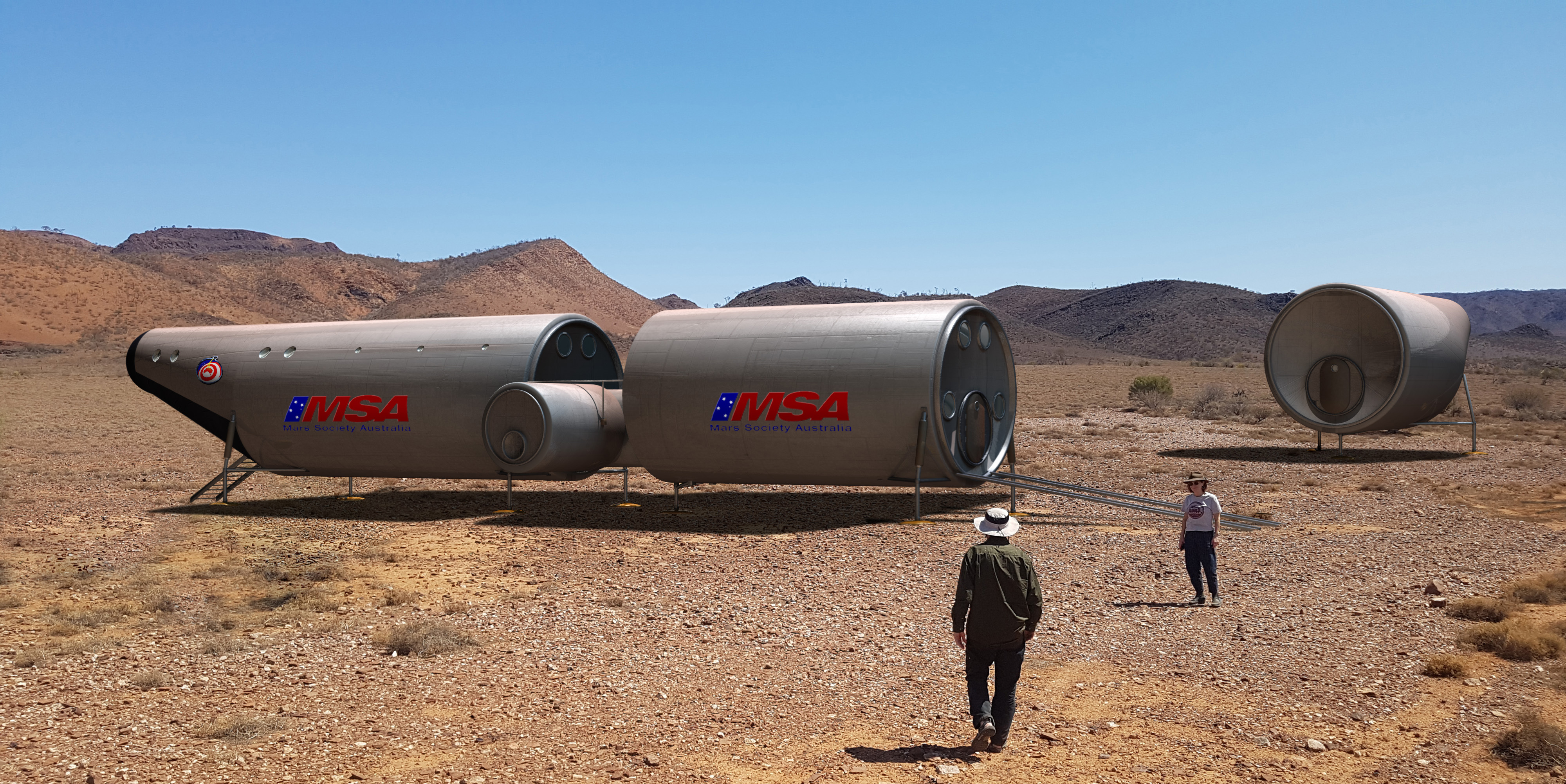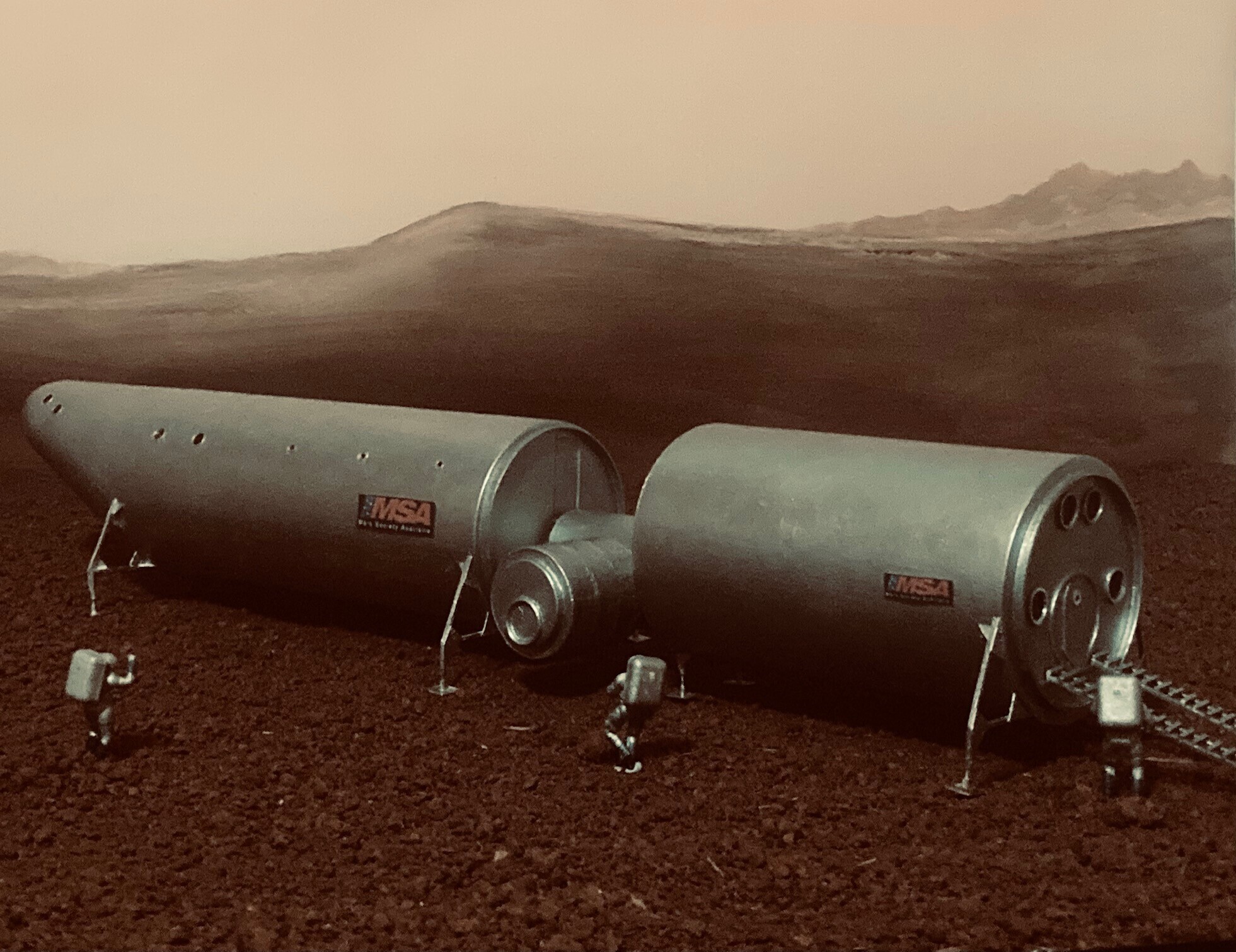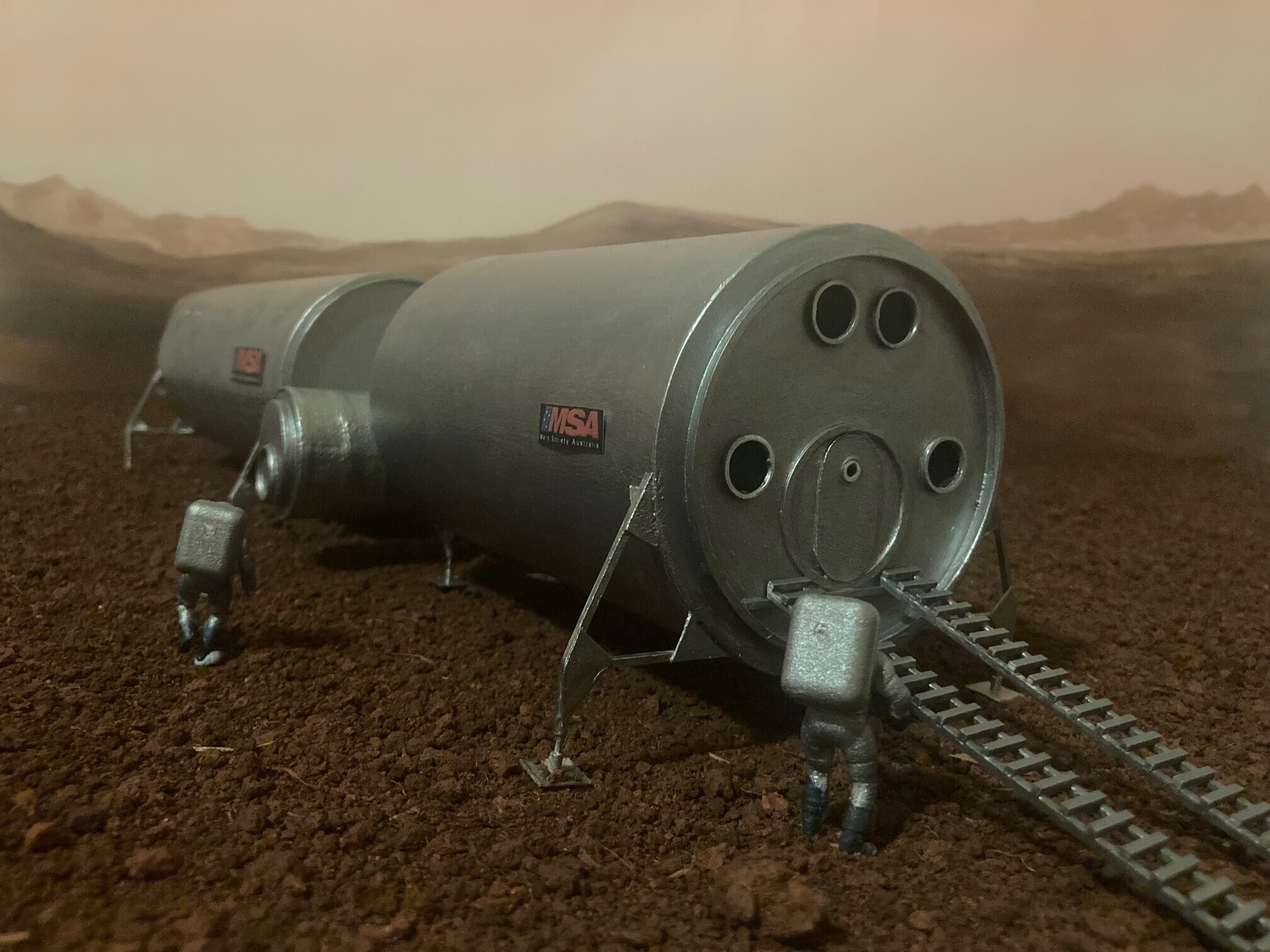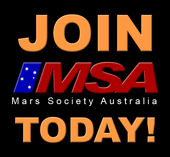Main menu
You are here
Home ›Mars Australia Research Station (MARS) Arkaroola
Why a Mars research station for Australia?
In the coming decades, humans will leave Earth, travel to another body in our Solar System and stay there for an extended period. It will be the most exciting and demanding endeavor ever undertaken by our species.
Mars analogue research stations are laboratories for learning how to live and work on another planet.
Over the past 21 years they have been extensively used for science and engineering research, public outreach, and education in the US, Canada, Israel, Oman, and China. Each new base builds on the technology and operational know-how from previous generations. They’re prototypes of a habitat that can support crews for months of exploration on Mars and other solar system bodies. Analogue stations, combined with simulated EVA suits and vehicles, promote integrated operational research, and help us understand how we might live together off-Earth.
Location
The Mars Society, world’s largest and most influential space advocacy organization dedicated to the human exploration and settlement of the planet Mars, has committed several hundred thousand dollars to the establishment of a Mars Research station at the Arkaroola Wilderness Sanctuary, South Australia.
Arkaroola one of the best locations on Earth for such a unique facility. The environment is challenging, yet accessible for Australian researchers and students. The time zone is compatible with K-12 and higher education student for outreach throughout south and east Asia.

Figure 1. Arkaroola landscape
After many years of planning, The Mars Society Australia is seeking investment partners from both the private and public sectors to join us on the upcoming development of Mars Australia Research Station (MARS). You’ll be joining the Mars Society Australia as they:
• provide planetary scientists and students access to a ‘Mars like’ region, enabling opportunities for planetary geologists and astrobiologists to conduct research and training in field exploration and their related operational methodologies, including working with prototype EVA suits and support vehicles.
• develop a ‘test bed’ for companies and institutions to develop designs, architectures, methodologies, systems, operations, and equipment for stations on Mars and other solar system bodies.
• build an inspirational public facility encouraging planetary science and astrobiology, exploration technology, and space biomedical research, showcasing Australian engagement in these fields.
Design
MARS would consist of two ~20-tonne road-transportable modules designed round a concept mission using a “Mars Semi Direct” architecture and horizontally landed bent biconic spacecraft (Fig. 2). It will house up to 8 people at a time. Missions would be two to four weeks, longer if required. Additional modules can be added, allowing the facility to advance from representing an initial Mars expedition to a permanent station. Detailed preliminary designs have been put out for tender and the onsite cost of an operational facility (without research equipment) is estimated to be A$1.9 million. In-depth concepts and operational plans are available as well.
MARS would consist of two ~20-tonne road-transportable modules designed round a concept mission using a “Mars Semi Direct” architecture and horizontally landed bent biconic spacecraft (Fig. 2). It will house up to 8 people at a time. Missions would be two to four weeks, longer if required. Additional modules can be added, allowing the facility to advance from representing an initial Mars expedition to a permanent station. Detailed preliminary designs have been put out for tender and the onsite cost of an operational facility (without research equipment) is estimated to be A$1.9 million. In-depth concepts and operational plans are available as well.

Figure 2. MARS concept
Management and Funding
MARS will be built, owned, and operated by a consortium consisting of MSA, the Arkaroola Sanctuary and the partners who invest in its construction. It is likely to attract tax concessions research facility investment. Guest users would pay for use of the facility on a cost recovery basis. Up to a dozen crews might visit the facility each year and the station will be run in a similar way to the existing Mars Desert Research Station in Utah.
Opportunities Available include
Naming rights: MARS is only a working title. For example, the Elon Musk Foundation provided funding for the Musk Observatory at the Mars Society facility in Utah.
Investment partner: Join the MARS board and be involved in the planning and operation of the facility.
Sponsorship: Various levels that would help MARS become a reality. Contributions would be publicly acknowledged.
Please feel free to contact members of the Mars Society Board including:
President: Dr. Jon Clarke jon@marssociety.org.au
Vice-president: Earl White earl@marssociety.org.au
Acknowledgements: Document based on material prepared by R. Zubrin and the late D. Willson.





